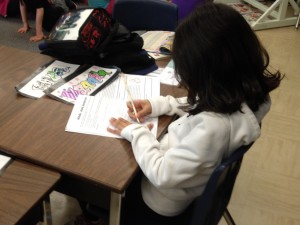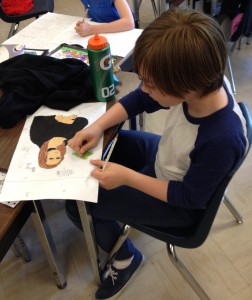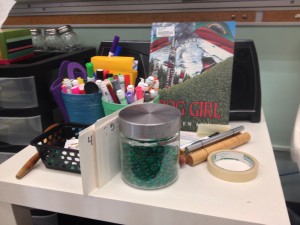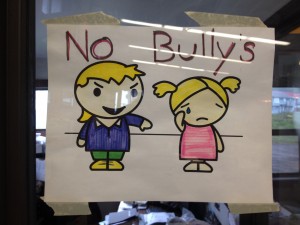My educational philosophy:
Five core beliefs I would try to incorporate into the classroom:
* Equal opportunity – As it says in the B.C. School Act I believe that “it is the goal of democratic society to ensure that all its members receive an education that enables them to become literate, personally fulfilled and publicly useful, thereby increasing the strength and contributions to the health and stability of that society“.

Each and every student should have the opportunity to apply themselves to their own education in ways that work best for them.
* Student Centred Learning – The student should be the focus and priority of all interactions in the classroom. It is their academic and emotional growth that we are concerned with.

The teacher’s primary focus should be upon the students themselves, cultivating their growth, academically and emotionally.
*Mindfulness – Mindfulness is a powerful tool for bringing children back to themselves and the classroom that they are inhabiting. This practice teaches them to be aware of themselves and their environment in new and transformative ways.

The chime on the table in this picture was used every morning during practicum to bring the children back to a mindful place in the classroom at ‘carpet time’.
*Enthusiasm for Content (learning should be fun and engaging) – The teacher must do his or her best to create an atmosphere of enthusiasm in the classroom and draw out the student’s latent wonder for the world and the process of learning about it.

Students working on arts and crafts in the kindergarten in Kyuquot. They found this work enjoyable and were enthusiastic about the learning that was taking place
* Safe & Supportive environment – At all times students need to feel that they are in a safe environment that is supporting their growth and empowerment as individuals.

This sign was on the office door of the kindergarten in Kyuquot, B.C. and exemplifies a concern for an environment that has no power disparities.
In my view, the purpose of education is to develop the moral and educational fibre of the student and prepare them for the life they will lead in society. They need to learn about the world around them in ways that promote enthusiasm and excitement in the mystery of life. They can learn to be astounded by the wonder of what’s around them and learn to engage with it in a meaningful way.
I believe the role of the student is to be open to what the teacher has to offer in this regard. The process of learning requires us to suspend critiscm and allow the teachers thoughts and values time to resonate. The student should be able to be flexible and allow the teacher to take them on a learning journey, to be open to the changes that this journey might effect. Likewise, the teacher must also be ready to learn from his or her students as both influence each other and create a circuit of ideas and trust.
During my practicum I tried to connect these fundamental principles to the class I was with. We often engaged in outings that put us directly into nature and the source of what we were inquiring about. Studying the plant life cycle, we didn’t simply look at the theoretics of plant growth, we went outside and studied what was happening outside of us in our immediate environment. We planted beans, recorded their growth and put them in the community garden. We studied outside and used mindfulness strategies/techniques (MindUp Program) to connect us with the environment. For example, during our buddies connection day with the kindergarteners and grade 3/4’s we took a full minute with closed eyes to become attuned to the sounds that were happening around us. Our learning and understanding of subjects were rooted in the real life experiences of observing and interacting with our surroundings and provoked a meaningful engagement with it. I believe that this is the best course for education in the future. It is a tactile, hands on approach that enriches the students ability to comprehend the world we live in in practical ways.